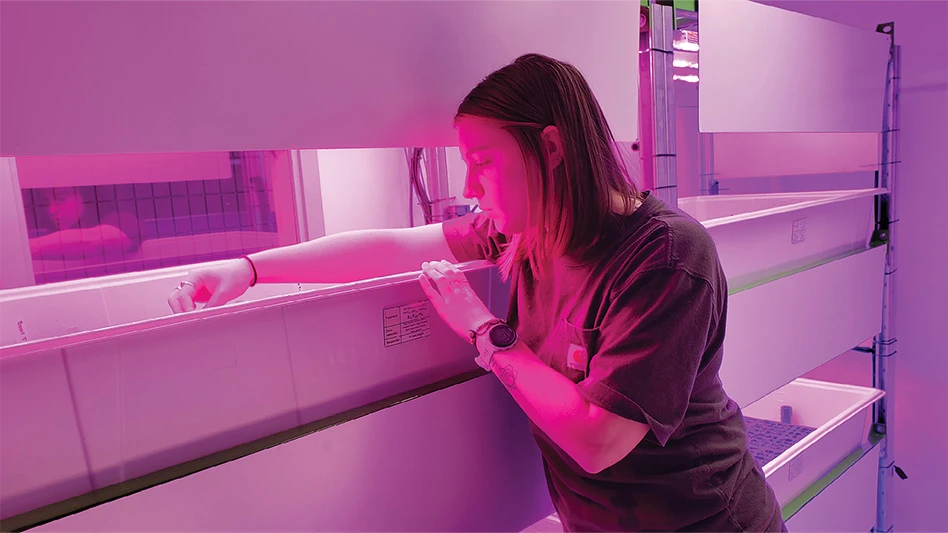
Greenhouse Management: What factors should growers keep in mind when selecting a water-soluble fertilizer?
IB: Crop specificity is the first one. Experienced growers know that crops like tomatoes, cucumbers or lettuce require different proportions and concentrations of essential plant nutrients to thrive. Photoperiodic crops like chrysanthemums or poinsettias prefer lower levels of nitrogen during flower, where phosphorus and potassium management is critical.
The next factor to focus on would be product purity. Nutrient salts are predominantly mined from the earth. The mineral deposits are then purified and graded. For producers growing edible or medicinal crops, the purity of inputs is critical to ensure hazardous heavy metals are not making their way into the finished product.
And lastly, consistent product performance should be emphasized in the product selection process. None of the above matters if your fertilizers are not mixed, proportioned and manufactured to the highest of standards. This is critical because growers spend considerable time and effort perfecting their nutrient recipes to best support their crops growth and development.
“Experienced growers know that crops like tomatoes, cucumbers or lettuce require different proportions and concentrations of essential plant nutrients to thrive.” -Ian Bateman
GM: How do growers dilute/concentrate water-soluble fertilizers?
IB: Water-soluble fertilizers must first be dissolved in water prior to applying to your crops. There’s two primary methods growers use to prepare a dilute, ready-to-use nutrient solution using water soluble fertilizers.
For growers using reservoirs, start by filling water to the final volume in your reservoir and measure out the appropriate amounts of water-soluble fertilizer. Begin adding fertilizer(s) to your reservoir one at a time, while stirring or agitating the water. For multi-part fertilizers, always add the fertilizer that contains calcium first.
To prepare a concentrated nutrient stock solution for use with fertilizer injectors, start by filling water levels to 80% of the desired volume in your clean stock tank. Always use Reverse Osmosis (RO) or low Total Dissolved Solids (TDS) water. Next, measure out the appropriate amounts of water-soluble fertilizer and add it to the stock tank. Generally, it is best practice to allow for each water-soluble fertilizer to occupy its own stock tank.
It is important that you never combine calcium containing fertilizers with sulfate or phosphate containing fertilizers in the same concentrated stock tank, as precipitation will likely occur. Mix with a paint mixer or paddle style mixer for best results, hot water will greatly speed up the dissolution process.

Explore the May 2021 Issue
Check out more from this issue and find your next story to read.
Latest from Greenhouse Management
- CEA Alliance celebrates bipartisan introduction of Supporting Innovation in Agriculture Act
- Dümmen Orange North America celebrating 25th anniversary in 2025
- CEA HERB Part 1: Best management practices for culinary herbs
- Lawsuit challenges new H-2 visa rules
- CEA HERB Part 2: A guide to increasing the sowing density of culinary herbs
- Illinois Landscape Contractors Association changes name to Landscape Illinois
- 2025 Proven Winners Horticulture Scholarship applications now open
- ICL’s Gemini Granular herbicide now registered for use in California







